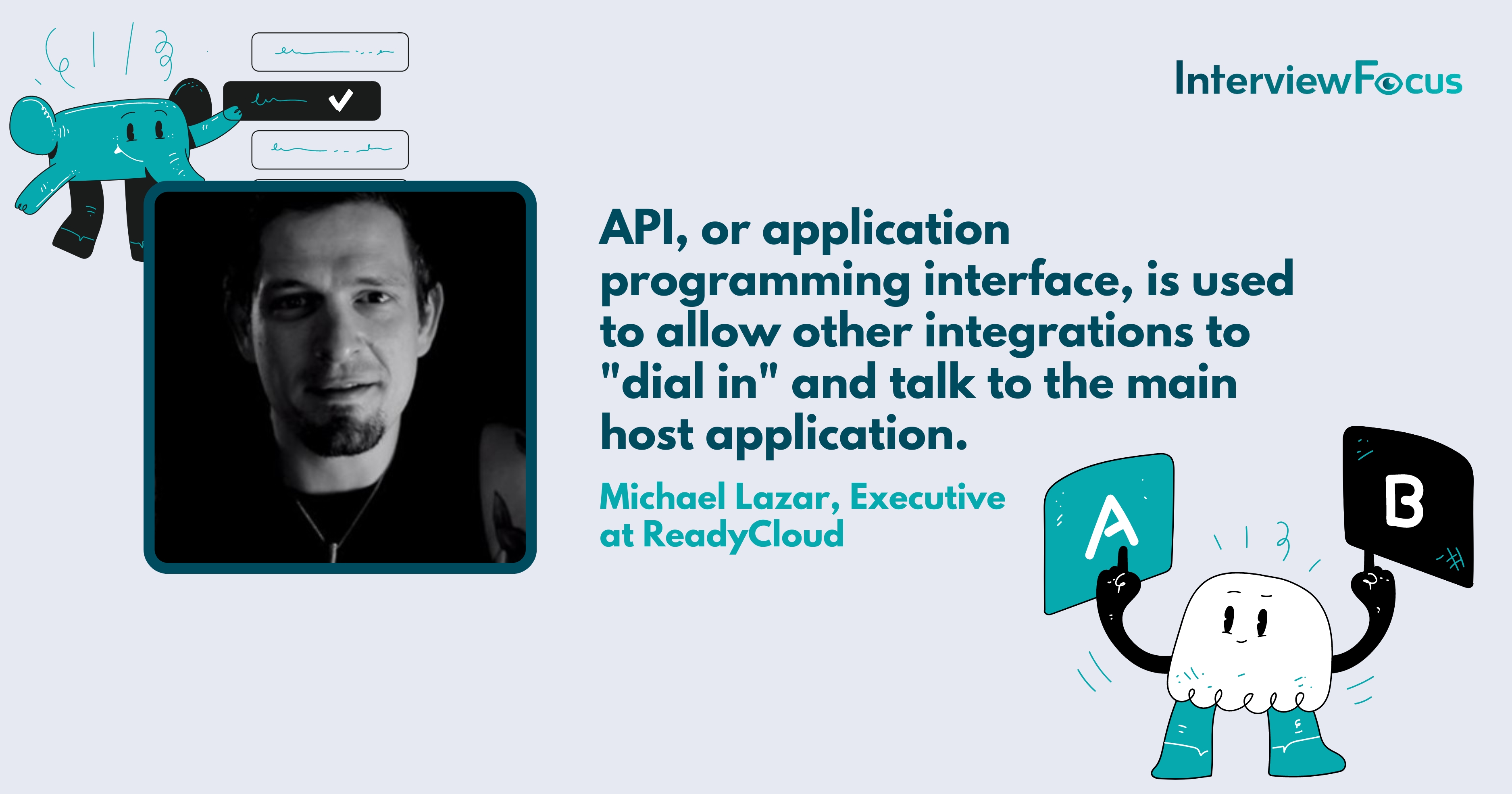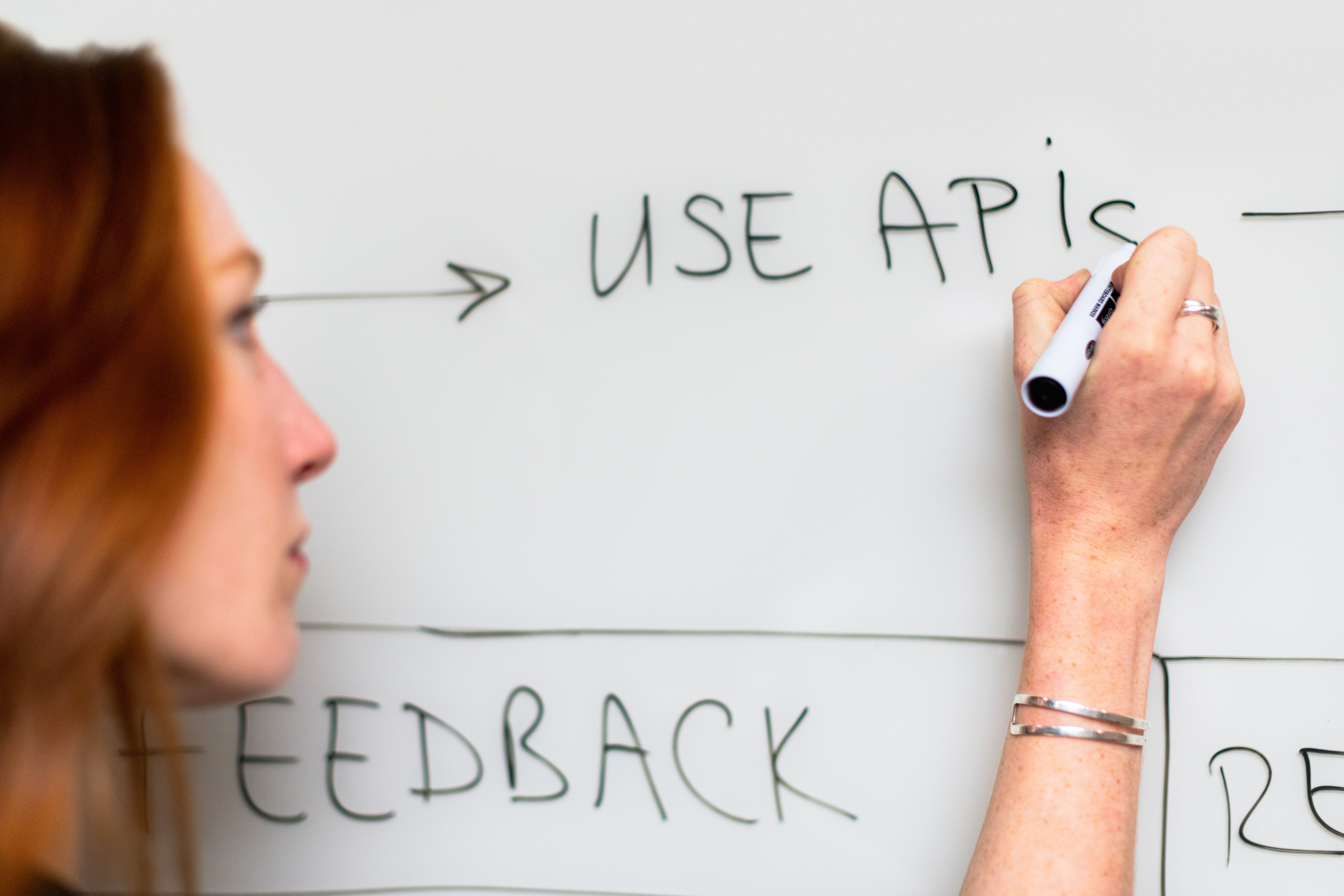From testing individual units within an application to verifying functionality, accuracy, and security of the app, here are five answers to the question, “How would you answer the interview question, ‘Can you please explain API testing?’”
- Define API, then How to Test
- Explore Functionality and Use Cases
- Talk About Criteria and Results
- Discuss Identifying Issues
- Answer With How Testing is Done to Determine Functionality
Define API, then How to Test
An application programming interface is crucial for communication between two different software systems. API is just a collection of functions that are executed by other software functions.
As far as API testing is concerned, it is of various types, such as functional testing, unit testing, UI testing, security testing, load testing, fuzz testing, penetration testing, and others. Well, the testing starts from the message layer to check whether the API meets the tester’s expectations or not.
Yogesh Kumar, Digital Marketing Manager, Technource
Explore Functionality and Use Cases
API testing is testing the functionality, performance, and security of Application Programming Interfaces (APIs). This typically involves creating test cases that send requests to the API and then verifying the responses.
The goal of API testing is to ensure that the API works as expected and that it can handle various types of inputs and usage scenarios. This can include testing for correct input validation, error handling, and response times. Additionally, it can include testing the security of the API by checking for vulnerabilities, such as SQL injection and cross-site scripting (XSS) attacks.
Brad Cummins, Founder, Insurance Geek
Talk About Criteria and Results
API testing is a type of software testing that focuses on testing application programming interfaces (APIs) to ensure they meet expectations for functionality, performance, reliability, and security. It is an important component of the development process, as it tests the individual units within an application or integration before the full system can be released.
API tests are most commonly conducted via automated scripts that send requests to an API and then test the response against predefined criteria, such as loading times and message types. This kind of automation makes it easier to produce consistent results while cutting down on the manual labor required to manually check each response in turn.
Additionally, many API tests focus on edge case scenarios that help developers detect breakdowns in their system infrastructure ahead of time,which helps them catch errors before customers do.
Celeste Porter, Community Manager, ResumeHelp

Discuss Identifying Issues
When I’m asked about API testing, I usually explain it as a type of software testing that focuses on verifying the functionality, accuracy, and security of an application’s Application Programming Interface (API).
This testing is performed at the message layer, meaning it relies on messages received from the system under test or sent to it. My goal when performing API testing is to ensure that the application’s APIs are working properly, and that data is being sent, received, and processed correctly. This type of testing helps identify any issues that may arise with the APIs and identify potential security vulnerabilities.
Mark McShane, Marketing Director, Birmingham First Aid Courses
Answer With How Testing is Done to Determine Functionality
API, or application programming interface, is used to allow other integrations to “dial in” and talk to the main host application. In this manner, we can build integrations from third-parties that use the functionality of the host system while adding more functionality from the third-party system. Testing comes first to ensure that the API calls are to spec and that there are no glitches, security issues, or hiccups.
Michael Lazar, Executive, ReadyCloud







